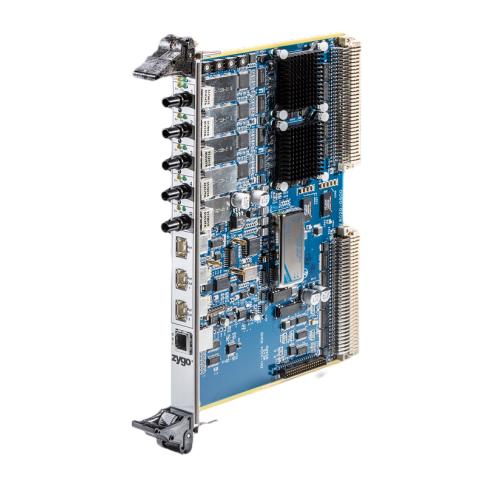In today’s rapidly evolving technology world, Artificial Intelligence (AI) has become a core driver of innovation and advancement in various fields. As AI technology continues to evolve, traditional chip fabrication methods have struggled to meet the growing performance demands and higher integration levels. In this context, high-precision placement technology has emerged as an important engine to drive the development of AI chips.
What is high-precision placement technology?
High-precision placement technology is an advanced method of assembling electronic components that achieves micron-level accuracy through precise mechanical operations and algorithms. This technology typically involves laminating various electronic components (such as wafers, packages, and interconnects) onto a circuit board with extremely high precision to ensure the performance and reliability of electronic devices.
High-precision placement technology plays a crucial role in the production of AI chips. It not only improves the performance of the chip, but also reduces material and space requirements and increases energy efficiency during the design and production process. This technology offers a higher level of integration compared to traditional placement methods, enabling more functions to be integrated into a smaller space.
Core benefits of high-precision placement technology
1. Improved performance and efficiency: High-precision placement technology allows for tighter connections between individual chips and components, thereby reducing delays and noise during signal transmission. This is especially important for AI chips, which often need to maintain a high degree of responsiveness and accuracy when processing large amounts of data.
2. Reduced production costs: Precision placement technology can maximize the use of space and reduce non-essential free area. This trend toward miniaturization not only saves material costs, but also enables higher density layouts and improves the overall efficiency of the production line.
3. Improved reliability: Chips with high-precision placement technology are more stable under external conditions such as temperature changes and mechanical vibrations. This high reliability is especially important for AI application scenarios (such as autonomous driving and medical devices), as any slight failure may lead to serious consequences.
4. Flexibility and Scalability: With the rapid changes and development of AI technology, the flexible application of high-precision placement technology allows designers to quickly iterate and optimize their products. Whether it’s adding new features or miniaturizing, placement technology can quickly adapt to the changing needs of the market.

Application Examples
Successful applications of high-precision placement technology can be seen in several AI chip fields. For example, in self-driving car technology, AI chips need to process data from vehicle sensors in real time. This requires ultra-low latency and high-bandwidth connectivity, and high-precision placement technology solves this challenge. By integrating the computing unit and the AT27C512-20LC sensor in a precise manner, it ensures that data can be delivered quickly and accurately, dramatically improving safety and performance.
In data centers, as deep learning and big data analytics grow, the power consumption and heat dissipation issues of AI chips are becoming more apparent. High-precision placement technology achieves higher energy efficiency ratios by optimizing thermal management solutions, reducing energy consumption and the number of fiber connections, and further improving data processing capabilities.
Technical Challenges and Prospects
Although high-precision placement technology brings many advantages to AI chips, there are still some technical challenges in the application process. First, microscopic positional errors in the process can affect the performance of the entire circuit, making it particularly important to develop more advanced calibration techniques. In addition, the choice of materials is crucial, and new adhesives and substrate materials adapted to different material properties will drive the further development of high-precision placement technology.
Looking ahead, with the deeper integration of AI and the Internet of Things (IoT), high-precision placement technology will show great potential in a wider range of application scenarios. From edge computing devices to persistent smart home devices, optimized chip design will be the basis for unlimited possibilities.
As production processes continue to improve and manufacturing technologies are updated, high-precision placement technology will usher in a new era. By providing higher integration and better performance, this technology will surely pave the way for future AI applications, help R&D staff realize more complex and intelligent designs, and drive the progress of the entire industry. Whether it’s smartphones, smart homes or industrial automation, AI chips will play an important role in the future technology ecosystem. And high-precision placement technology is the cornerstone of all this.








